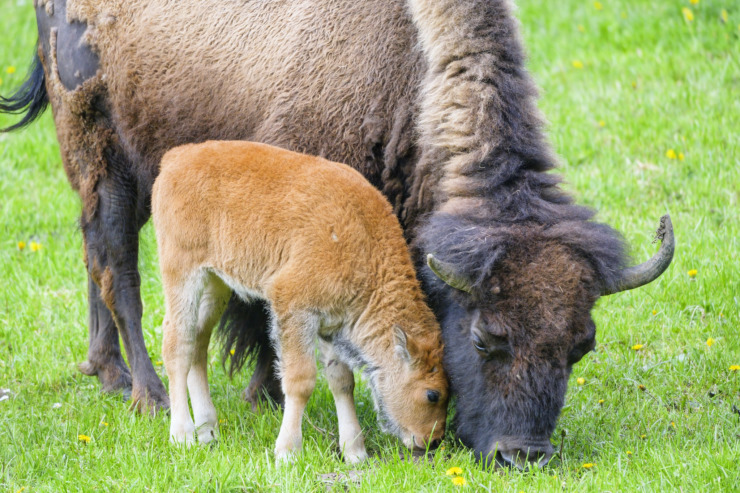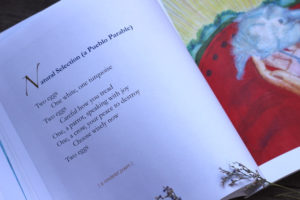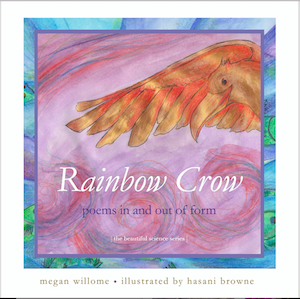Sing, Sing: How to Write a Rondelet
Sing out loud and strong. Sing of good and happy things. Sing a rondelet.
I was introduced to this form in How to Write a Form Poem, in the section on the rondeau. It’s a form that began as a type of song popular in medieval France. I wrote one in The Joy of Poetry that riffs on John McCrae’s In Flanders Fields.
The rondelet is a variation of the rondeau. It’s a seven-line poem with a specific pattern of rhyme and repetition, including a refrain. The refrain has four syllables, and the other lines have eight.
Line 1: refrain A
Line 2: rhyme b
Line 3: refrain A
Line 4: rhyme a
Line 5: rhyme b
Line 6: rhyme b
Line 7: refrain A
Here’s a rondelet that has the title as line 1.
A Rondelet
Is just seven verses rhymed on two.
A rondelet
Is an old jewel quaintly set
In poesy—a drop of dew
Caught in a roseleaf. Lo! For you,
A rondelet.
—Charles Henry Luders
In Rainbow Crow’s notes section about Form & Free Verse, I describe form as a fence. In “Natural Selection,” I clearly cut a hole in the rondelet fence.
Natural Selection
Two eggs
One white, one turquoise
Two eggs
Careful how you tread
One, a parrot, speaking with joy
One, a crow, your peace to destroy
Choose wisely now
Two eggs
Let’s compare my rondelet to a proper rondelet.
Although the b-lines rhyme (turquoise, joy, destroy), the a-lines do not. Because this poem is retelling a parable, I used those a-lines to focus on the important details of the story. I also did not follow the rules on syllables. Lines 5 and 6 both have the required eight syllables, and lines 2, 4, and 7 each have four or five.
To be honest, this poem is barely a rondelet. But what it shares with the form is its songlike structure. Think of it as a story written as a song with three parts: a chorus, a verse, and a bridge:
Line 1: chorus
Line 2: verse 1
Line 3: chorus
Line 4: verse 2
Line 5: bridge 1
Line 6: bridge 2
Line 7: chorus
The Pueblo parable, from which this poem arises, warns us to be careful what we choose. Do we prefer the plain, white egg, that yields a parrot, full of song? Or do we pick the turquoise egg and get a feisty crow? Surely a cautionary tale is worth singing out loud and strong.
Your Turn
Today you are a songwriter! If the A’s and B’s of the rondelet seem confusing, try writing your poem using the chorus-verse-bridge method. Find a simple refrain that sticks in your head and begin.
Photo by Tambako the Jaguar, Creative Commons, via Flickr. Post by Megan Willome.
Browse more children’s poetry
“Megan Willome has captured the essence of crow in this delightful children’s collection. Not only do the poems introduce the reader to the unusual habits and nature of this bird, but also different forms of poetry as well.”
—Michelle Ortega, poet and children’s speech pathologist
- Perspective: The Two, The Only: Calvin and Hobbes - December 16, 2022
- Children’s Book Club: A Very Haunted Christmas - December 9, 2022
- By Heart: ‘The night is darkening round me’ by Emily Brontë - December 2, 2022



Katie Spivey Brewster says
Hi Megan,
I’ve enjoyed Rainbow Crow and wanted to mention a children’s book I came across at the library by Jean Craighead George which she wrote with her two sons about an injured crow they nursed back to health and taught some tricks. It’s titled Crowbar: The Smartest Bird in the World and is illustrated by Wendell Minor. It even lists some YouTube videos on the last page that show crows doing amazing things.
Katie
Megan Willome says
Ooh, Katie, thank you! I’ve read other books by Jean Craighead George, so I’m sure this one is great.